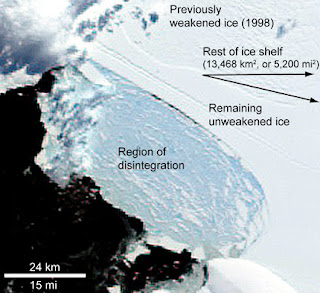Ian Dunne
Mr. Ehret
AP English Language
April 16, 2008
“The Marginal World” Analysis
by Rachel Carson (p. 214 – 219)
The author describes the natural, indefinite rhythms that the tides of the oceans follow. She calmly explains their course and rhythm, hinting at the elusive boundary that develops. The shore and the sea have dual natures, sometimes being exposed to the land world, other times being exposed to the water world. She describes the difficulty it takes for plants and animals to live in such a harsh environment, yet the tide lines are teeming with life. Life dwells in some of the most unlikely places, burrowing itself in the sand and spreading over rock surfaces. All creatures are linked intricately with another, just as the shore and sea are linked with each other and have been since there has been earth and ocean. The author describes her favorite place that she remembers for its exquisite beauty, and details her trip to this place. She describes the moss-covered ledges, the hidden pool in a cave, and the clarity of the water within this place. Once the pool had emptied, the author marvels at all the ephemeral sea life that dwells within this place. Plants, too, cover the caves and low water pools. The author describes a trip she took to the Georgia shore line, and all the life that exists there. The shore at night is a much different world, though; with ghost crabs lurking under the light of a torch, the author imagines a primeval world. The mangroves and other plants that connect places give a greater sense of creation to humans. The flow of the tides creates a sense of the indefinite, continuing flow of time. Evolution accounts for the sequence and meaning of the drift of time. Thus, life is varied because of the evolutions that have occurred. The spectacle that we see is evolution at work.
Vocabulary
Spars – a thick, strong pole such as is used for a mast or yard on a ship
Limpid – (of a liquid) free of anything that darkens; completely clear
Tone
Informal, amazed
Rhetorical Terms
Personification - "...waves have broken heavily against the land, where the tides have passed forward over the continents, receded, and then returned" (p. 215)
Simile – “…spheres of protozoa, small as pinpricks” (p. 215)
Simile – “…water that was clear as glass” (p. 216)
Simile – “…Tubularia, pale pink, fringed and delicate as the wind flower” (p. 216)
Personification – “…the mangroves…reaching down, grasping and holding the mud, building the land out a little more” (p. 218)






